The art of gardening in Iran return to Achaemenid Empire .Cyrus the great made the first garden with Persian concept and design. (6th century B.C. ) Persian gardens are not only about geometries and shapes; but also manifest different design elements, each representing a specific symbol and its significance among the society.
During Sassanid era, these gardens were constructed in front of palaces and temples and this trend continued in the Islamic period, as well. The garden design includes four sectors known as “Chahar Bagh ( four Garden)” with water playing a crucial role both in watering and embellishment. They are a reflection of the legendary sense of nature, and the universal order for the ancient Iranian people. As they are intended to persist in specific weather conditions, trees and plants have been arranged properly and also the visitors will see an appropriate choice of flora as soon as they get in there.
The plan of this paradise garden is an evidence of Iranian intelligence thousand years ago in broad fields of knowledge such as architecture, irrigation engineering, plant life and agriculture. These factors together have created such an atmosphere that the pictures of Persian garden could have penetrate into literature, poetry, calligraphy, music and carpet designs. It has also employed natural and human elements and has intertwined prominent achievements of Persian culture with a physical and symbolic artistic expression in accord with nature. The Gardens always divided into four sectors, with water playing an important role for both irrigation and ornamentation, the Persian garden was conceived to symbolize Eden and the four Zoroastrian elements of sky, earth, water and plants.
It is also connected to cultural development of universal heritage including poetry by Sa’adi, Hafez and Ferdowsi and is as well a source of inspiration for Persian carpets and miniature paintings.
Inbound Persia Travel Agency is proud of arranging Persian Garden Tours and visits for the architecture and nature enthusiasts
Here, you get familiar with nine Persian Gardens registered in the UNESCO so far
1.Ancient Garden of Pasargadae
Cyrus the Great’s palace garden at Pasargadae c550 BC. The paths are conjuctural. Water channels define the space between two palaces. There are two small pavilions. This is the earliest known remnant of what became the classical Persian garden.
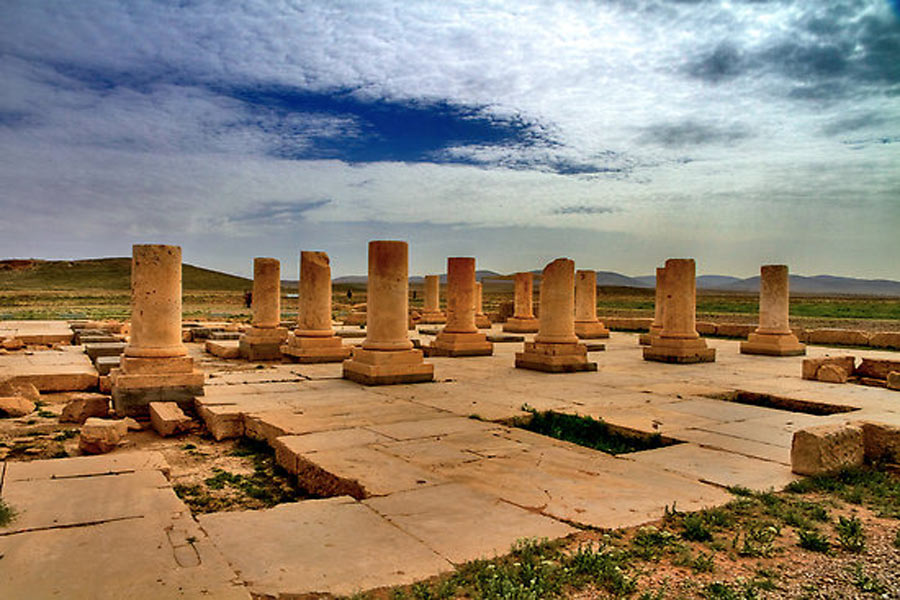
2. Eram Garden, Shiraz
Eram Garden, the Garden of Paradise, was made in the nineteenth century and is typical of the period. It has some ‘typically Persian’ features and some western features. The garden is now managed by the botany department of Shiraz University.
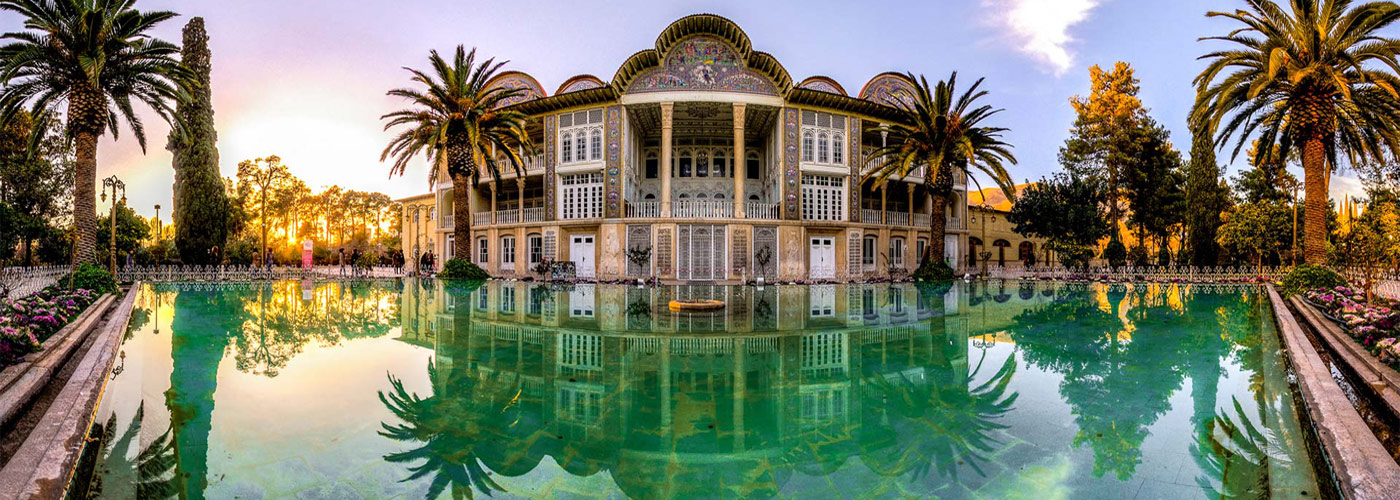
3. Chehel Sutun Garden, Isfahan
Built as a royal pavilion at the end of the sixteenth century and extended by Shah Abbas II. It has a pavilion with 20 columns and is known as the Forty Columns because a reflecting pool doubles their number. The pavilion stands in a garden of 6.75 ha. Which once had other pavilions and pools. It is well planted with plane trees.
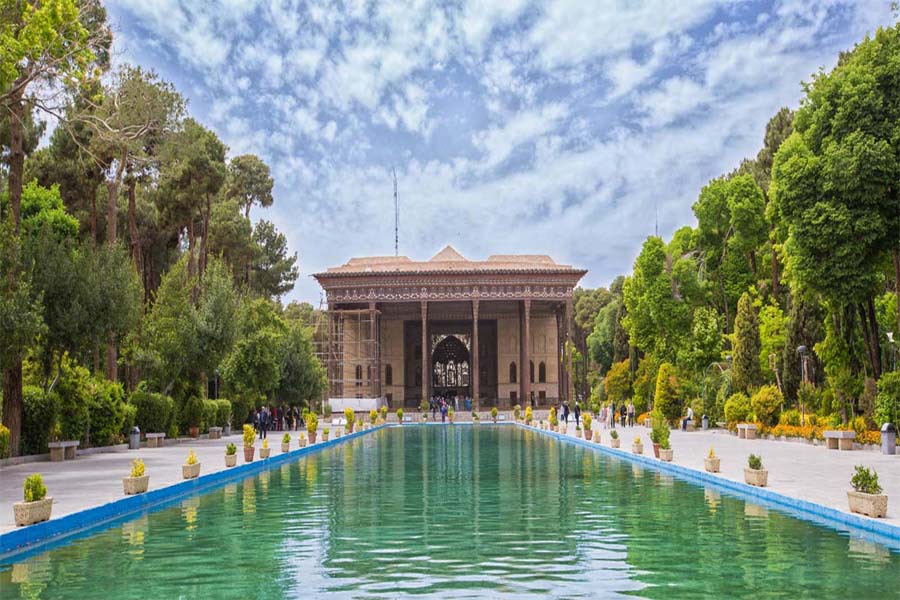
4. Fin Garden, Kashan
A garden was made near the village of Fin by Shah Abbas 1. Most of the present garden, which is in good condition, dates from the nineteenth century. Approx 1.5 ha is enclosed by a high curtain wall with circular towers. Water is supplied by a spring and a qanat.
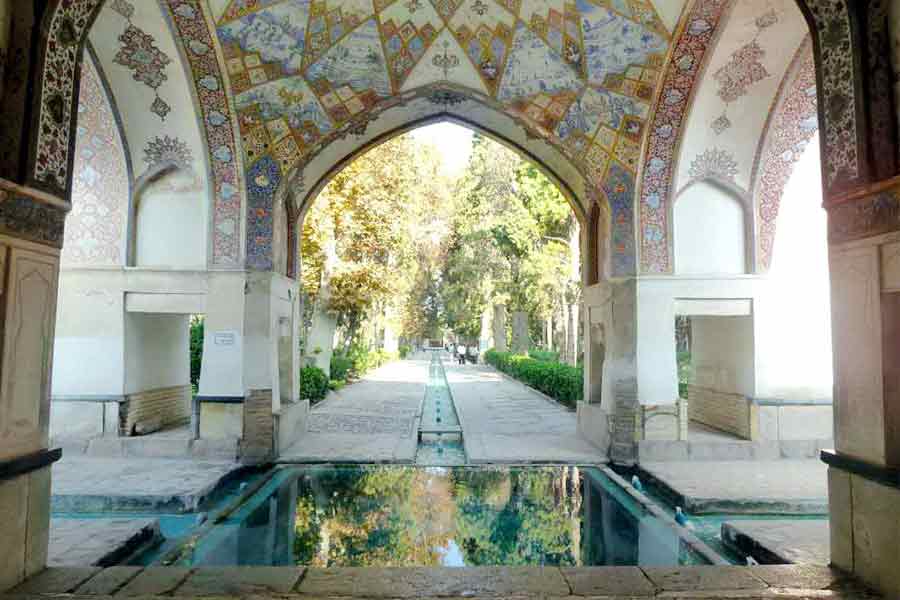
5. Abbas Abad Garden, Behshahr
Located in the southeast of Behshahr in the midst of the forest, Abbas Abad Garden include a lake with an area of about 10 hectares. Due to the fact that in past, Shah Abbas Safavid was responsible for constructions in this vicinity, thereby the name. Being easily accessible by vehicle, in addition to a resting area, ancient relics, sweet water and pleasant weather make this region a must place for tourists to visit.
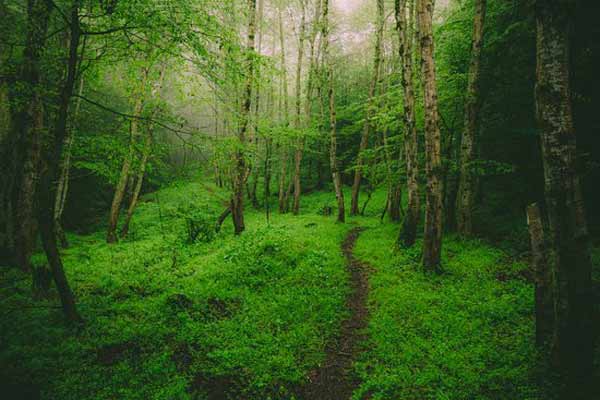
6. Shazdeh Garden, Kerman
This remarakable garden was made in the 1890s by the Governor of Kerman. It is a rectangular green oasis surrounded by brown desert. There are pavilions and a central canal. The residence for which it was built is now derelict. The design looks best in an aerial photograph.
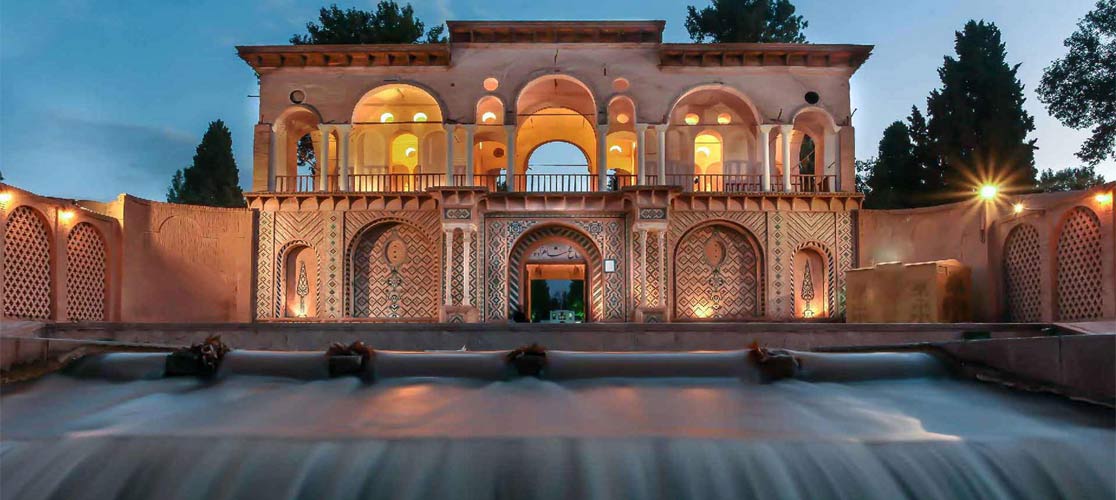
7. Dolat Abad Garden, Yazd
The garden was built for the governor with a private space for the family and another enclosure to receive guests. There is a summer pavilion, with a wind tower, and a winter pavilion with a southern exposure for warmth.
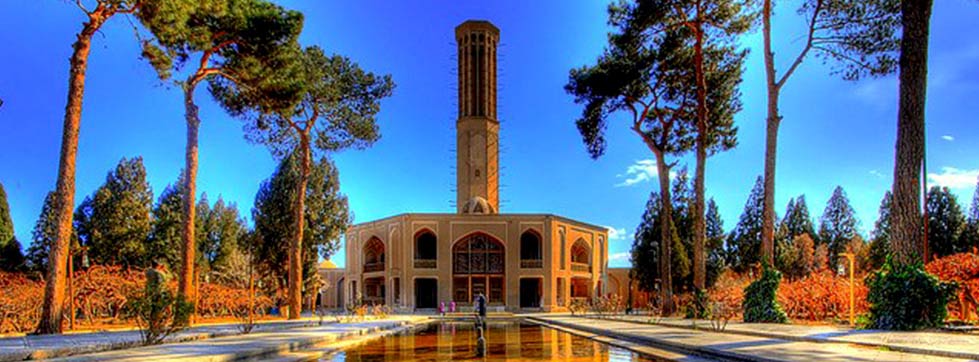
8. Pahlavan Pour Garden, Mehriz
Pahlavanp Pour historical Garden is one of a kind and has been constructed based on the design of original Iranian gardens. The historical buildings in this garden have created an especial bond between the nature and art of architecture. This garden covers an area of roughly five hectares, and dates back to the Qajarid era. It is situated in the city of Mehriz in Yazd Province, central Iran.
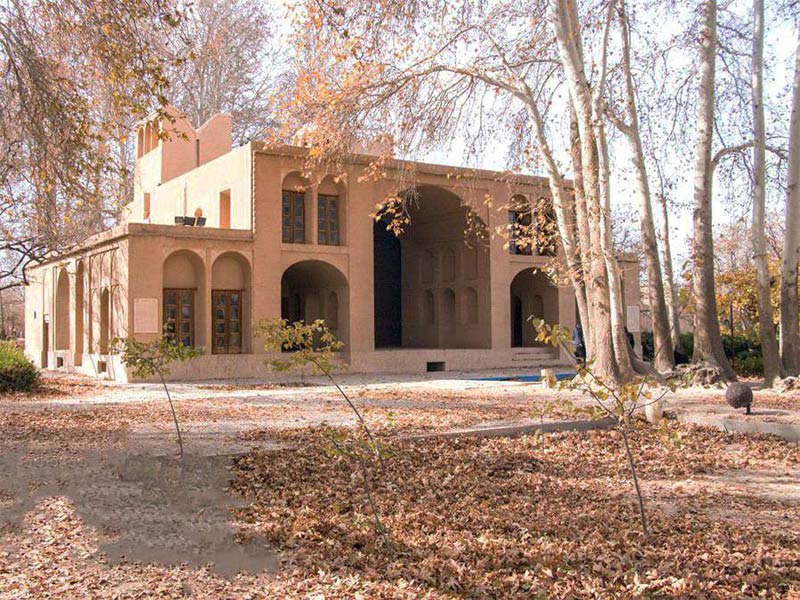
9. Akbariyeh Garden, Birjand
Akbariyeh Garden and mansion is a historical monument of Birjand, South Khorasan Province. The garden was built during Qajar Dynasty and has been registered in UNESCO World Heritage Sites in 2011
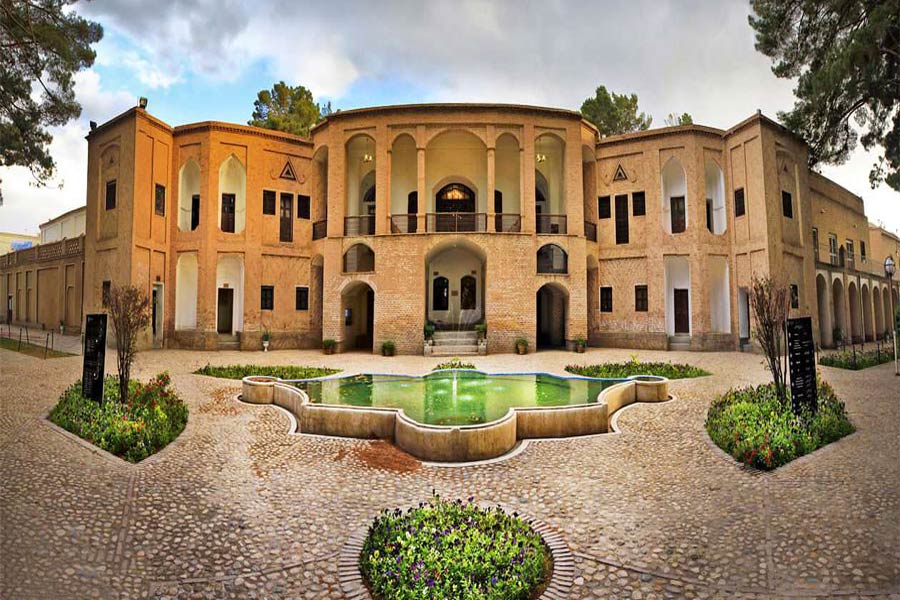
The art of gardening in Iran return to Achaemenid Empire .Cyrus the great made the first garden with Persian concept and design. (6th century B.C. ) Persian gardens are not only about geometries and shapes; but also manifest different design elements, each representing a specific symbol and its significance among the society
During Sassanid era, these gardens were constructed in front of palaces and temples and this trend continued in the Islamic period, as well. The garden design includes four sectors known as “Chahar Bagh ( four Garden)” with water playing a crucial role both in watering and embellishment. They are a reflection of the legendary sense of nature, and the universal order for the ancient Iranian people. As they are intended to persist in specific weather conditions, trees and plants have been arranged properly and also the visitors will see an appropriate choice of flora as soon as they get in there
The plan of this paradise garden is an evidence of Iranian intelligence thousand years ago in broad fields of knowledge such as architecture, irrigation engineering, plant life and agriculture. These factors together have created such an atmosphere that the pictures of Persian garden could have penetrate into literature, poetry, calligraphy, music and carpet designs. It has also employed natural and human elements and has intertwined prominent achievements of Persian culture with a physical and symbolic artistic expression in accord with nature. The Gardens always divided into four sectors, with water playing an important role for both irrigation and ornamentation, the Persian garden was conceived to symbolize Eden and the four Zoroastrian elements of sky, earth, water and plants
It is also connected to cultural development of universal heritage including poetry by Sa’adi, Hafez and Ferdowsi and is as well a source of inspiration for Persian carpets and miniature paintings
Inbound Persia Travel Agency is proud of arranging Persian Garden Tours and visits for the architecture and nature enthusiasts